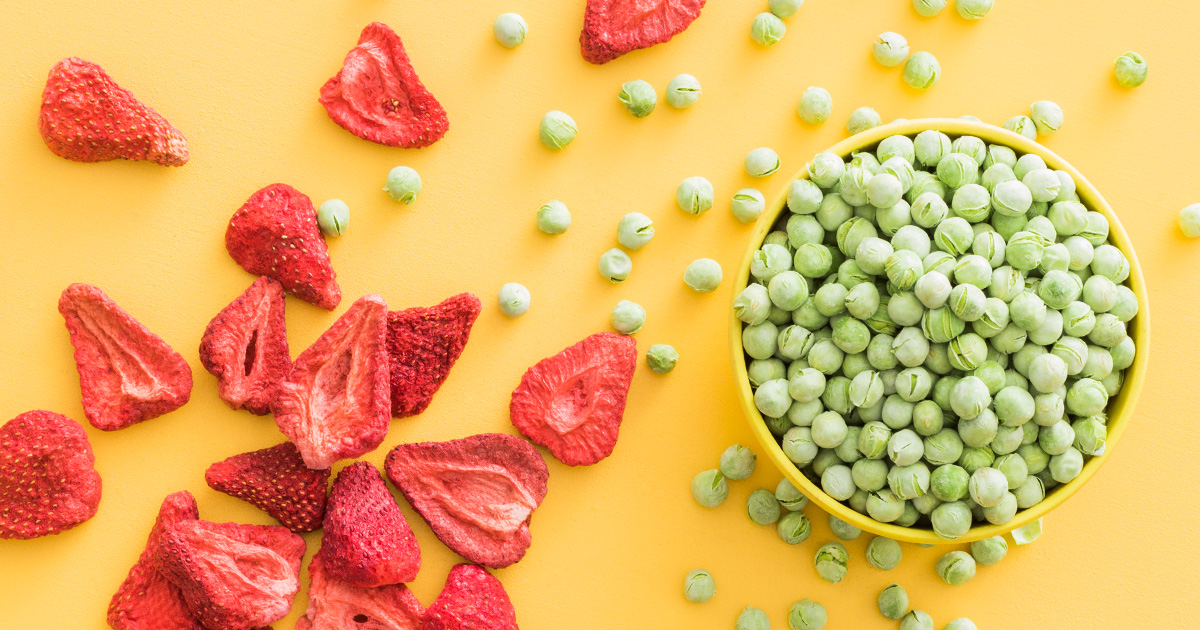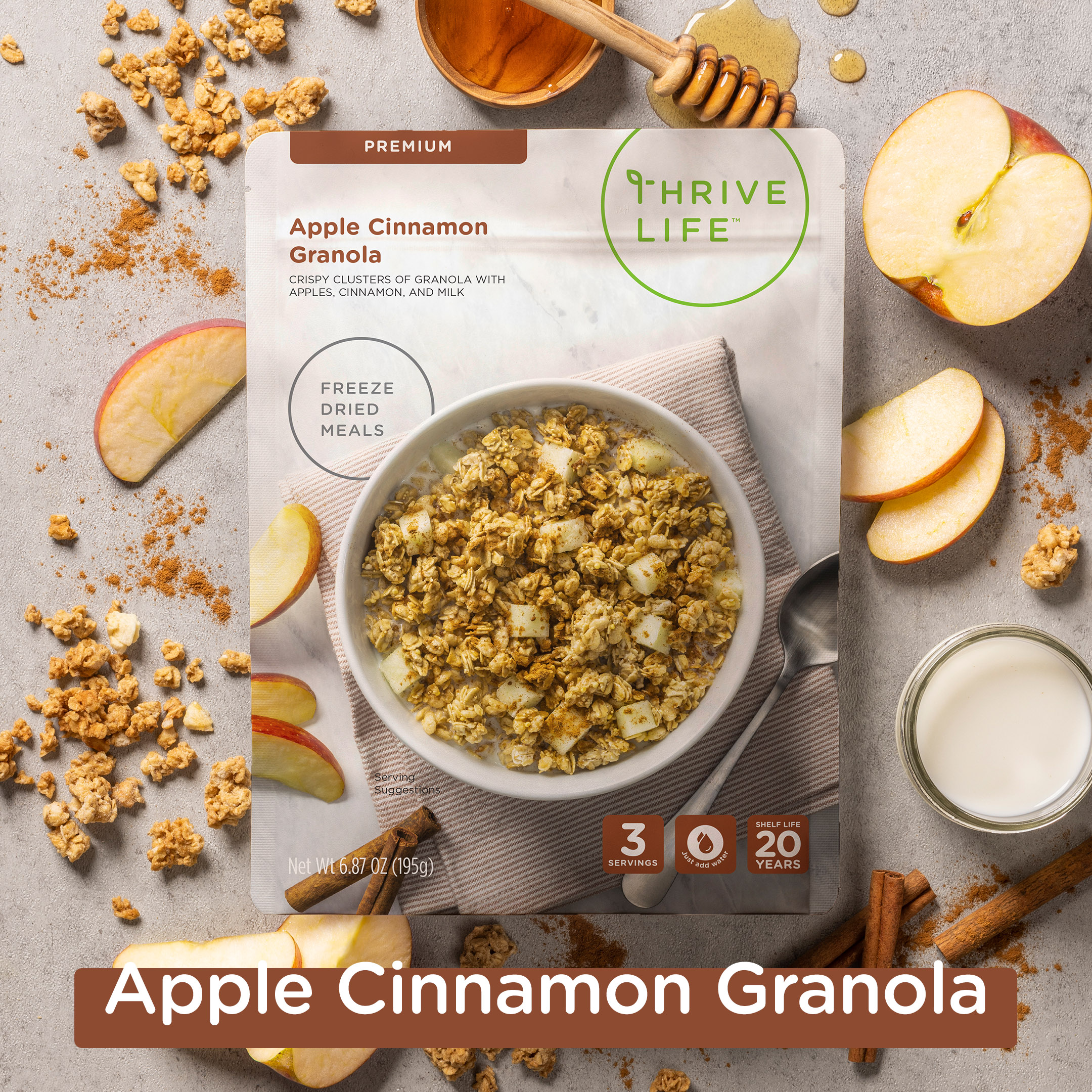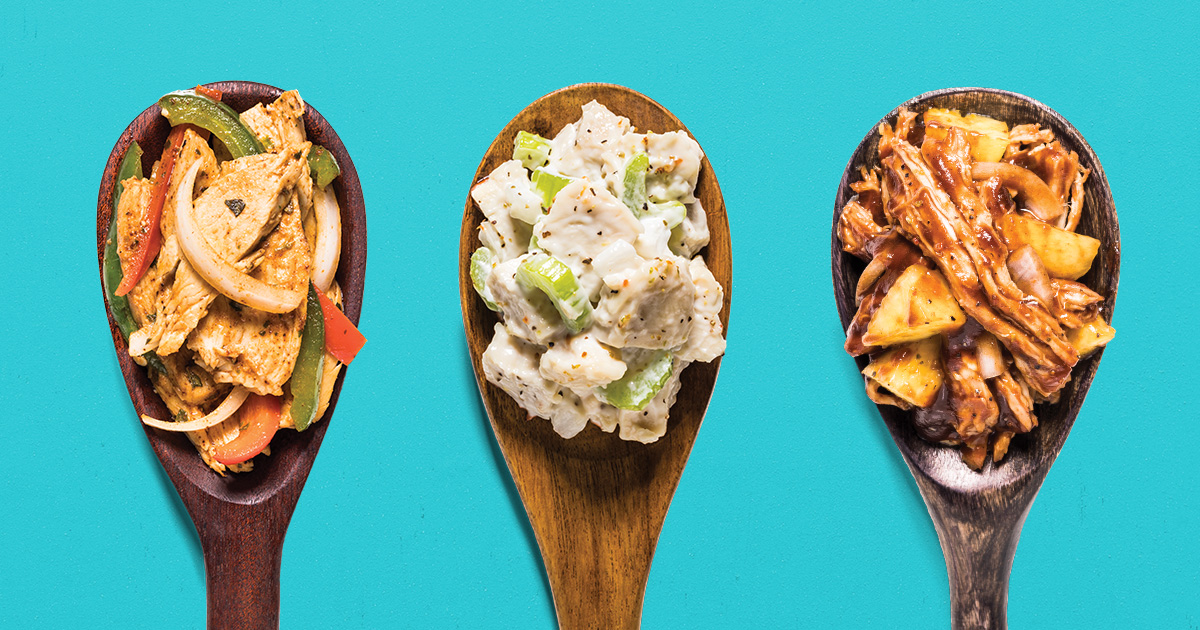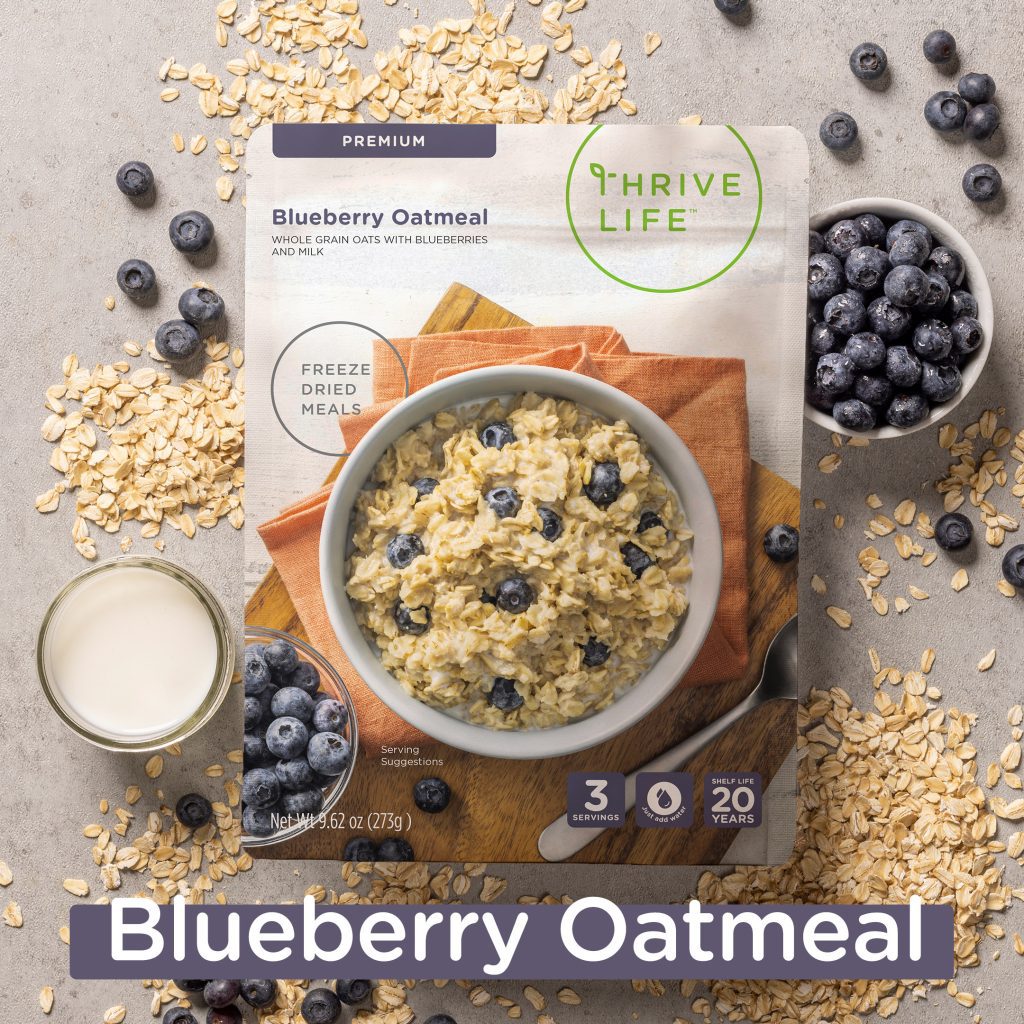Freeze dry foods have become increasingly popular as a method of food preservation, offering a unique combination of convenience, longevity, and nutritional value. This innovative technology involves freezing the food and then reducing the surrounding pressure to remove the frozen water content through sublimation. This process leaves the food’s structure and nutrients intact, resulting in lightweight, easily stored products with a shelf life ranging from 5 to 25 years.
One of the most significant advantages of freeze drying is its ability to maintain the original flavor, color, and texture of the food. Unlike other preservation methods, such as canning or dehydrating, freeze drying locks in the food’s natural qualities. This makes it an ideal choice for a variety of applications, including emergency preparedness, camping, and everyday use.
Moreover, freeze dry foods are incredibly versatile. They encompass a broad range of items, from fruits and vegetables to meats, beans, grains, and even prepared meals. This diverse selection allows you to create balanced and nutritious meals without the hassle of frequent grocery trips.
As you explore the world of freeze dry foods, you’ll discover their potential to simplify your culinary experiences and enhance your food storage strategy. Ready to experience the benefits for yourself? Check out our monthly specials for 30-50% off our high-quality freeze dried products.
Benefits of Freeze Dry Foods

Freeze dry foods offer a multitude of benefits that make them a standout choice for both short-term use and long-term storage. One of the primary advantages is their extended shelf life. Thanks to the freeze drying process, these foods can last anywhere from 5 to 25 years when stored properly, making them ideal for emergency preparedness and reducing food waste.
Another significant benefit is the nutritional retention. Freeze drying preserves up to 97% of the food’s original nutritional value, including essential vitamins and minerals. This makes freeze dried foods a healthier option compared to other preservation methods, which often degrade the nutrient content.
Convenience is another major plus. Freeze dried foods are lightweight, making them easy to transport and store. They require no refrigeration, which is perfect for camping, hiking, and other outdoor activities. Additionally, rehydrating freeze dried foods is simple; just add water, and they quickly return to their original state, ready to be enjoyed.
The versatility of freeze dry foods cannot be overstated. They come in a wide variety of options, from single ingredients like fruits and vegetables to complete meals. This allows for a vast array of culinary possibilities, enabling you to prepare delicious and nutritious meals effortlessly.
Lastly, the taste and texture of freeze dried foods are often superior to those of canned or dehydrated alternatives. The freeze drying process retains the food’s natural flavors and textures, making for a more enjoyable eating experience.
With all these benefits, it’s clear why freeze dry foods are becoming a popular choice for many households. Whether you’re looking to enhance your emergency food supply or simply want convenient, nutritious options for everyday use, freeze dry foods have you covered.
Freeze Drying Process Explained

The freeze drying process is a fascinating and highly effective method of food preservation. It involves three main stages: freezing, primary drying, and secondary drying, each playing a crucial role in maintaining the food’s quality and longevity.
Freezing is the first step, where the food is rapidly frozen at extremely low temperatures, typically between -40°F and -50°F (-40°C to -45°C). This rapid freezing helps preserve the food’s cellular structure and prevents the formation of large ice crystals, which can damage the texture of the food.
Next comes primary drying, also known as sublimation. In this stage, the frozen food is placed in a vacuum chamber, and the pressure is significantly reduced. The temperature is then slightly raised, causing the ice within the food to sublimate, or transition directly from a solid to a gas, bypassing the liquid phase. This critical step removes about 95% of the water content, ensuring the food remains stable and lightweight.
The final stage is secondary drying, or desorption. During this phase, the temperature is further increased to remove any residual moisture that might be left in the food. This step is essential for achieving the long shelf life that freeze dried foods are known for. By the end of secondary drying, the food retains only about 1-4% of its original moisture content.
Throughout the entire process, the food’s nutritional value, flavor, and texture are meticulously preserved. This is why freeze dry foods are often preferred over other preservation methods, as they offer a superior eating experience while maintaining essential nutrients.
Understanding the intricacies of the freeze drying process highlights why these foods are so advantageous for both everyday use and emergency preparedness. The advanced technology ensures that what you consume is as close to fresh as possible, without the need for additives or preservatives.
Shelf Life and Storage Tips

One of the most significant advantages of freeze dry foods is their incredible shelf life. These foods can last anywhere from 5 to 25 years, making them an excellent choice for long-term storage and emergency preparedness. Several factors contribute to this extended shelf life, including the removal of moisture, proper packaging, and optimal storage conditions.
To maximize the shelf life of your freeze dried foods, it is essential to store them in the right conditions. Here are some practical tips to ensure your food remains fresh and safe for consumption:
- Keep it Cool: Store freeze dried foods in a cool, dry place. High temperatures can degrade the food’s quality over time, so aim for a storage area with a consistent temperature between 50°F and 70°F (10°C and 21°C).
- Avoid Direct Sunlight: Exposure to direct sunlight can cause the packaging materials to deteriorate and may affect the food’s quality. Choose a dark storage area, such as a pantry, basement, or closet, to keep your food out of the sun’s reach.
- Use Airtight Containers: Once you open a package of freeze dried food, transfer any unused portions into airtight containers. This helps prevent moisture and air from compromising the food’s integrity, ensuring it remains fresh for longer periods.
- Check the Packaging: Inspect the packaging of your freeze dried foods regularly for any signs of damage or wear. If you notice any punctures, tears, or compromised seals, repackage the food in a new airtight container to maintain its shelf life.
- Rotate Your Stock: Practice the first-in, first-out (FIFO) method to ensure you use your oldest stock first. This helps maintain a fresh supply and reduces the risk of consuming food that has surpassed its optimal shelf life.
By following these storage tips, you can ensure that your freeze dried foods remain in top condition for years to come. Proper storage not only extends the shelf life but also preserves the nutritional value and flavor of the food, making it a reliable and convenient option for both daily use and emergency situations.
Nutritional Value of Freeze Dry Foods

When it comes to the nutritional value of freeze dry foods, many people wonder if this preservation method compromises the health benefits of the ingredients. The good news is that freeze drying is one of the best ways to retain the nutritional content of foods. Unlike traditional drying methods, freeze drying involves removing moisture through sublimation, which helps preserve the vitamins, minerals, and antioxidants found in fresh foods.
Here are some key points that highlight the nutritional advantages of freeze dry foods:
- Minimal Nutrient Loss: Because freeze drying occurs at low temperatures, it minimizes nutrient loss. This means that essential vitamins such as vitamin C, A, and E, as well as minerals like potassium and magnesium, remain largely intact.
- High Fiber Content: Freeze dried fruits and vegetables retain their fiber content, which is crucial for digestion and overall health. Consuming fiber-rich foods can help regulate blood sugar levels, lower cholesterol, and support a healthy gut.
- Protein Preservation: Freeze drying is particularly beneficial for meats and dairy products as it preserves the protein content. This makes freeze dried products an excellent option for those looking to maintain a high-protein diet, whether for muscle building, weight management, or overall health.
- No Added Preservatives: Thrive Life’s freeze dried foods do not contain added preservatives, artificial colors, or flavors. This ensures that you are consuming a product that is as close to its natural state as possible.
- Convenient Nutrition: Freeze dried foods are lightweight and easy to rehydrate, making them a convenient option for busy lifestyles. Whether you are camping, traveling, or simply need a quick meal at home, these foods provide a nutritious and hassle-free solution.
By incorporating freeze dry foods into your diet, you can enjoy the benefits of fresh, nutrient-dense foods without the worry of spoilage or nutrient degradation. This makes them an ideal choice for health-conscious individuals looking to optimize their nutrition effortlessly.
Practical Uses and Recipes
Freeze dry foods are not only a great option for long-term storage and emergency preparedness, but they also offer a myriad of practical uses in everyday cooking. Their versatility and convenience make them a staple in many kitchens. Here, we explore some creative ways to incorporate freeze dry foods into your meals and share delicious recipes to get you started.
Quick and Easy Snacks: Freeze dried fruits like strawberries, apples, and blueberries make excellent snacks straight out of the package. They are lightweight, mess-free, and packed with flavor, making them perfect for on-the-go snacking or adding to lunchboxes.
Breakfast Boosters: Add a handful of freeze dried fruits to your morning cereal, oatmeal, or yogurt for an instant flavor and nutrient boost. You can also use freeze dried vegetables in omelets or breakfast casseroles.
Meal Enhancers: Rehydrate freeze dried vegetables and meats to add to soups, stews, and pasta dishes. They reconstitute quickly and blend seamlessly into a variety of recipes. For a quick stir-fry, simply rehydrate freeze dried chicken and vegetables, then sauté with your favorite sauce.
Baking and Desserts: Freeze dried fruits can be ground into a fine powder and used to flavor and color baked goods like cakes, muffins, and cookies. Try adding freeze dried raspberries to your chocolate cake batter for a delightful twist.
Healthy Smoothies: Blend freeze dried fruits and vegetables with your choice of liquid and protein powder for a nutritious smoothie. They add a concentrated burst of flavor and nutrients without the need for fresh produce.
Here is a simple recipe to get you started:
Freeze Dried Berry Smoothie:
- 1 cup of rehydrated freeze dried mixed berries
- 1 banana
- 1 cup of almond milk
- 1 tablespoon of honey
- 1 scoop of protein powder (optional)
Blend all ingredients until smooth and enjoy a refreshing, nutrient-packed beverage.
With countless ways to use freeze dried foods, you can easily incorporate them into your daily meals and snacks. Don’t miss out on the convenience and nutrition they offer. Check out our monthly specials for 30-50% off our high quality freeze dried products and start experimenting with new recipes today!


